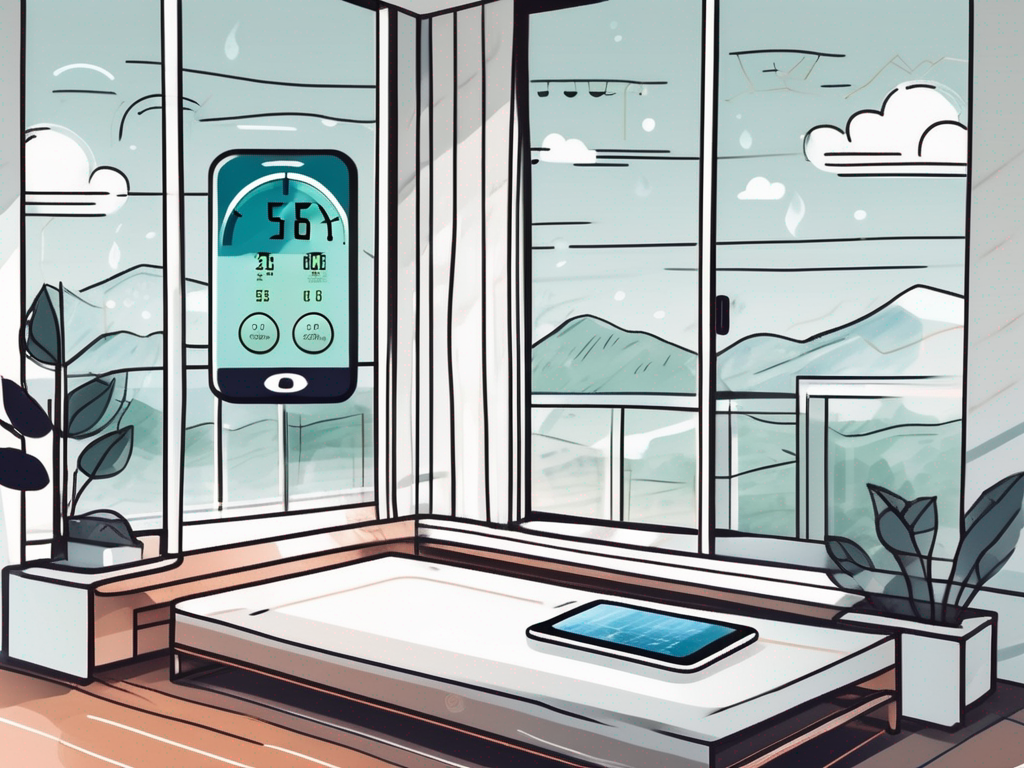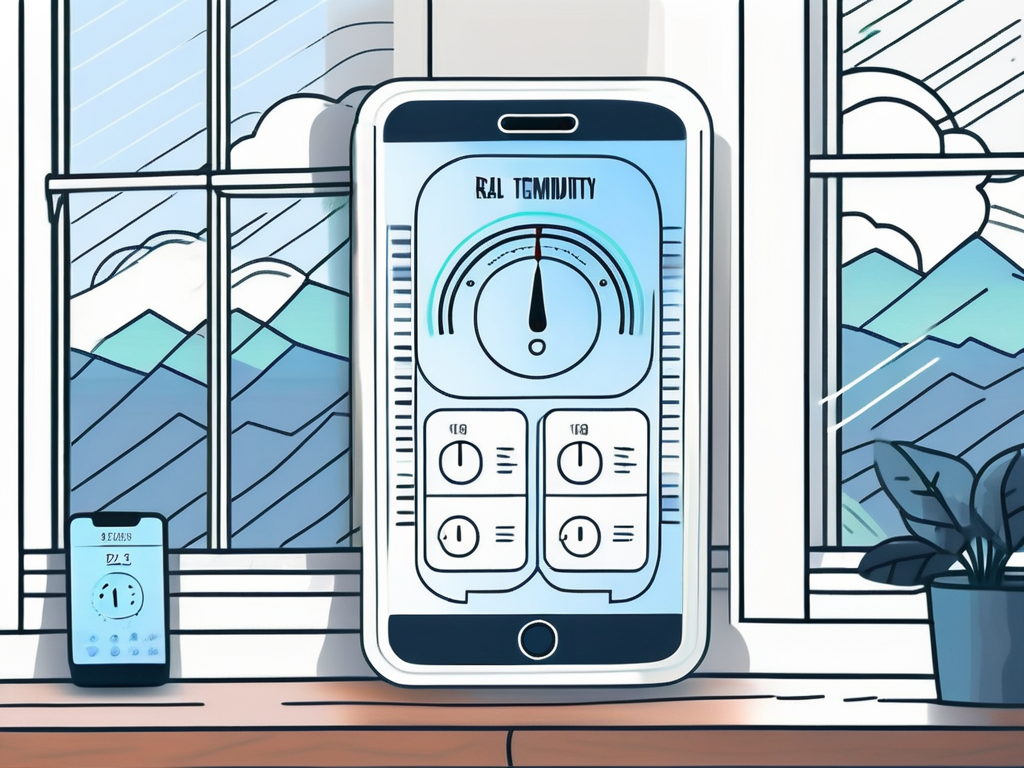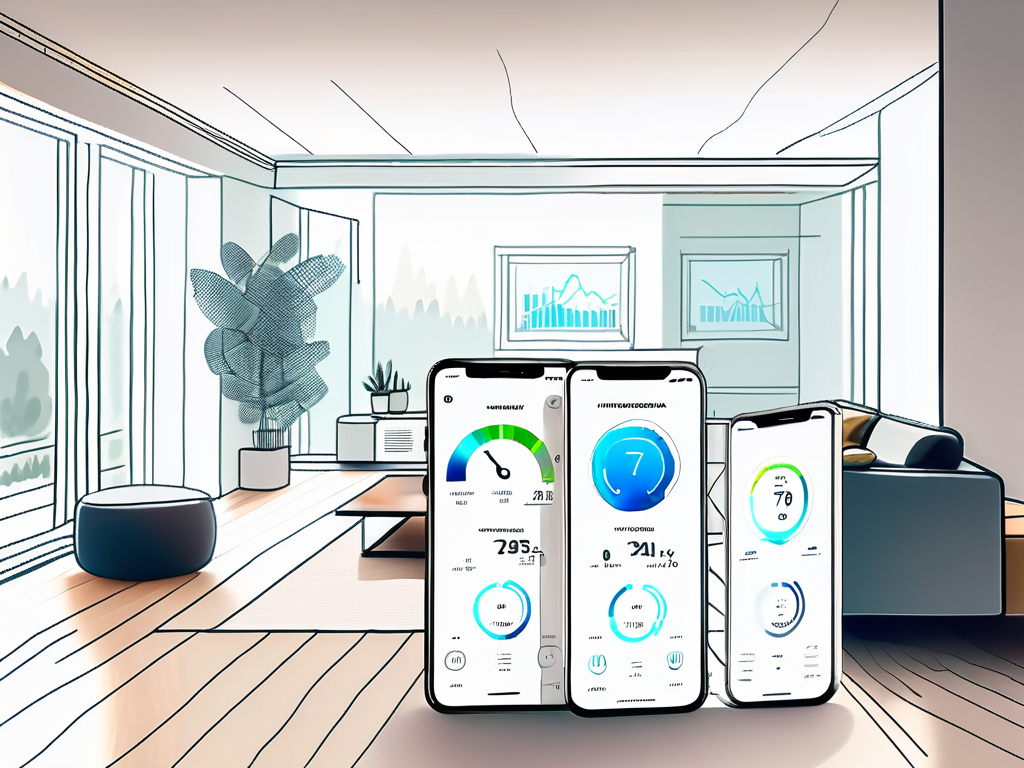
Remote Monitoring: Enhancing Climate Control for Optimal Comfort
In the modern era, technology has paved the way for advancements in various fields, one of which is environmental monitoring. The ability to remotely monitor and control temperature and humidity levels has revolutionized industries such as agriculture, healthcare, and data centers. This article delves into the intricacies of optimizing temperature and humidity using remote monitoring systems, providing a comprehensive guide on the subject.
Understanding the Importance of Temperature and Humidity Control
Before diving into the technical aspects of remote monitoring, it's crucial to understand the importance of temperature and humidity control. These two factors play a significant role in maintaining the quality and longevity of products, especially in industries like food and pharmaceuticals. Incorrect temperature or humidity levels can lead to spoilage, product damage, and even health risks.
Moreover, in data centers, precise control of temperature and humidity is paramount. Excessive heat can cause equipment to overheat, leading to system failures and data loss. On the other hand, low humidity levels can result in electrostatic discharge, which can damage sensitive electronic components.
What is Remote Monitoring?
Remote monitoring is a technology that allows for the tracking and controlling of various environmental parameters from a distance. This is achieved through the use of sensors and control systems that communicate data to a central hub or directly to the user via the internet.

With remote monitoring, you can maintain optimal conditions in your facility without being physically present. This not only saves time and resources but also allows for immediate response to any changes, thereby minimizing potential damage or loss.
The Components of a Remote Monitoring System
A typical remote monitoring system comprises of sensors, a control unit, and a communication network. The sensors measure the environmental parameters and send this data to the control unit. The control unit then processes this information and sends it to the user via the communication network.
The type of sensors used depends on the parameters being monitored. For temperature and humidity control, thermometers and hygrometers are commonly used. These sensors can be wired or wireless, depending on the specific needs of the facility.
How to Optimize Temperature and Humidity with Remote Monitoring
Now that we've covered the basics, let's delve into how you can optimize temperature and humidity using remote monitoring. The process involves several steps, including setting up the system, calibrating the sensors, setting the desired parameters, and monitoring the data.
The first step is to install the sensors in the areas where you want to monitor temperature and humidity. The sensors should be placed in locations that are representative of the overall conditions in the facility. For instance, in a data center, sensors should be placed near the servers, as these are the areas most prone to overheating.
Calibrating the Sensors
Once the sensors are installed, they need to be calibrated to ensure accurate readings. Calibration involves comparing the sensor's readings with a known standard and adjusting the sensor's output to match the standard. This process should be repeated periodically to maintain the accuracy of the sensors.
After calibration, the desired temperature and humidity levels should be set on the control unit. These levels will depend on the specific requirements of your facility. For instance, in a data center, the recommended temperature is between 20-25°C, while the recommended relative humidity is between 45-50%.
Monitoring and Responding to Changes
With the system set up and the parameters set, the next step is to monitor the data. Most remote monitoring systems come with software that allows you to view the data in real-time. If the temperature or humidity levels deviate from the set parameters, the system will send an alert, allowing you to take immediate action.
It's also important to analyze the data over time to identify trends and make necessary adjustments. For instance, if the temperature in your data center tends to rise during certain times of the day, you might need to adjust your cooling system to compensate for this.
Benefits of Remote Monitoring for Temperature and Humidity Control
Remote monitoring offers numerous benefits for temperature and humidity control. Firstly, it provides real-time data, allowing for immediate response to changes. This can prevent damage to products or equipment and save costs associated with repairs or replacements.
Secondly, remote monitoring eliminates the need for manual checks, freeing up time and resources. It also reduces the risk of human error, which can lead to inaccurate readings and inappropriate responses.
Lastly, remote monitoring allows for data analysis, which can provide insights into environmental conditions and help improve operational efficiency. For instance, by analyzing temperature and humidity trends, you can optimize your heating, ventilation, and air conditioning (HVAC) system to save energy and reduce costs.
Conclusion
Optimizing temperature and humidity is crucial for maintaining the quality and longevity of products, preventing equipment damage, and ensuring operational efficiency. With remote monitoring, you can achieve this optimization with ease and precision. By understanding the workings of remote monitoring systems and how to use them effectively, you can take full advantage of this technology and reap its numerous benefits.

Whether you're running a data center, a pharmaceutical company, or a food processing plant, remote monitoring for temperature and humidity control is a valuable tool that can enhance your operations and contribute to your success.
